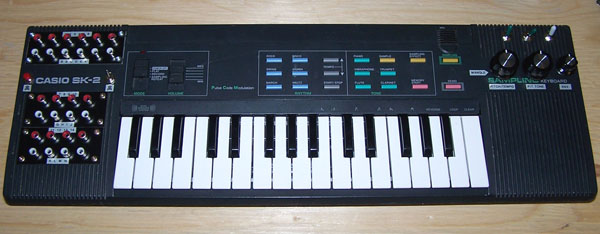
Modified Casio SK-2

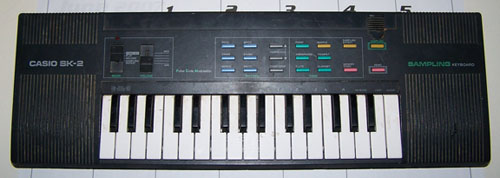
 |
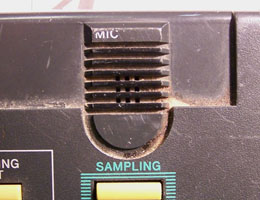 |
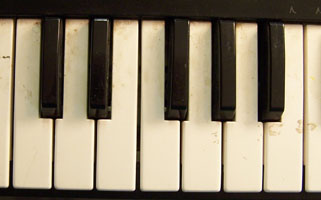 |
 |

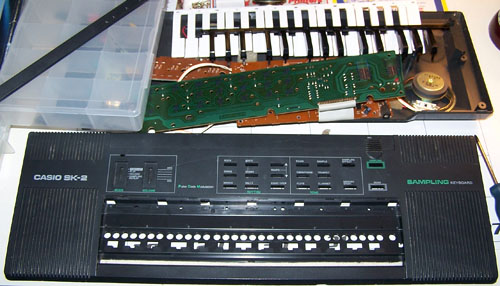



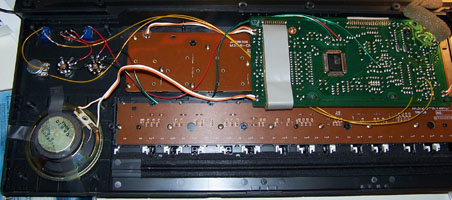
 |
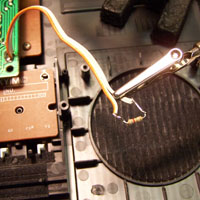 |
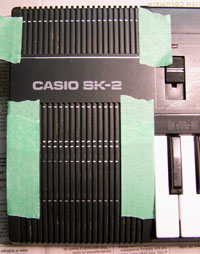 |
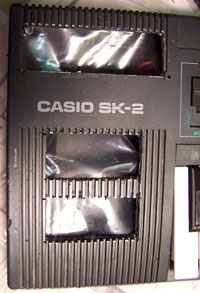 |
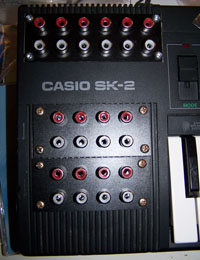

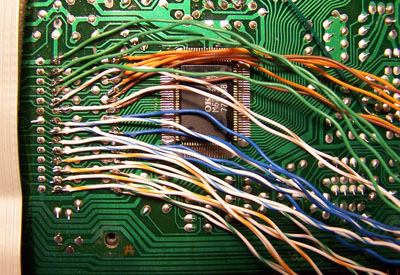
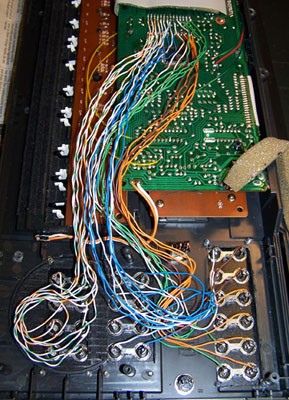

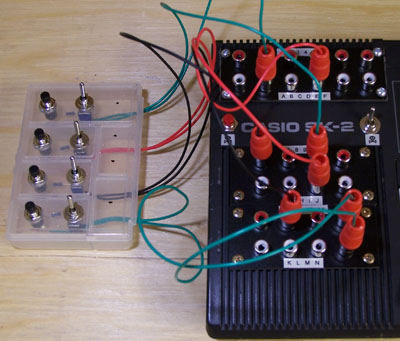

| Alien modem | A snippet of glitched-out weirdness. |
| Demo song + pitch/tone | The demo song, which I've now heard more times than a person should, being cranked through the pitch/tone knob. |
| Hyper demo | The demo song dropping out of warp speed via the pitch/tempo knob. |
| Crazy band | The demo song again, now almost unrecognisable as the A.I. band begins to improvise. |
| Flute + envelope, part 1 | The flute tone: the first few notes are raw, the rest have envelope mode engaged. |
| Flute + envelope, part 2 | More of the same, with a touch of pitch shifting at the end. |
| Flute + envelope + pitch | The flute tone sounding very high indeed. |
| Piano + envelope | The piano through the envelope mod this time. |
| Sample mangle | This is what happens to samples when you turn the dial to "mangle." |
| Mangled sample + env | This is the same mangled sample heard above, through the envelope mod. |
| Glitches | Mmm, crunchy. |
| Pitch loop | A stalled bit of audio data, with some pitch shifting. |
| "Pop vweep" | Similar to the above. |
| Rhythm glitch | Trust me, this isn't a standard rhythm on this machine. |
| Traffic noises | Glitches somewhat akin to synthetic traffic sounds. |